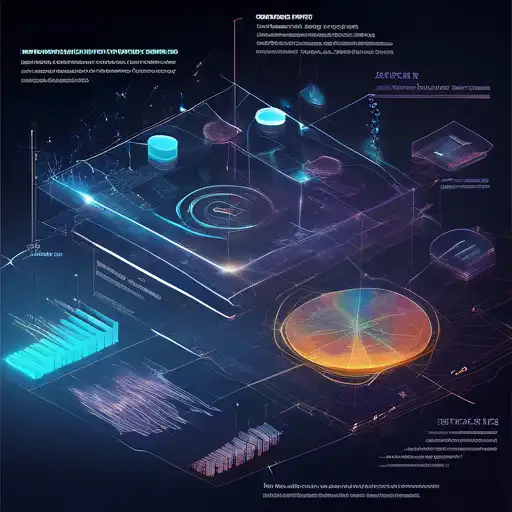Introduction to Data Visualization
In the era of big data, the ability to visualize complex datasets in an understandable and actionable manner is invaluable. Data visualization techniques transform raw data into visual contexts, such as charts, graphs, and maps, making the data more accessible and easier to interpret. This article explores various data visualization techniques that can help businesses and individuals gain better insights from their data.
Why Data Visualization Matters
Data visualization is not just about making pretty pictures; it's about telling a story with data. It enables decision-makers to see analytics presented visually, so they can grasp difficult concepts or identify new patterns. With interactive visualization, you can take the concept a step further by using technology to drill down into charts and graphs for more detail, interactively changing what data you see and how it's processed.
Key Data Visualization Techniques
There are several techniques that can be employed to visualize data effectively. Below are some of the most impactful ones:
- Bar Charts and Column Charts: Ideal for comparing quantities across different categories.
- Line Graphs: Best for visualizing data trends over time.
- Pie Charts: Useful for showing proportions and percentages.
- Scatter Plots: Excellent for identifying correlations between two variables.
- Heat Maps: Great for visualizing complex data like user behavior on websites.
- Geospatial Maps: Perfect for displaying data that has a geographical component.
Choosing the Right Visualization Technique
Selecting the appropriate visualization technique depends on the nature of your data and the insights you wish to derive. For instance, if you're looking to compare sales figures across different regions, a bar chart might be most effective. However, if you're trying to understand the relationship between advertising spend and sales, a scatter plot could provide clearer insights.
Advanced Data Visualization Tools
Several tools can help you create sophisticated visualizations without needing to be a graphic designer. Tools like Tableau, Power BI, and Google Data Studio offer powerful capabilities for transforming complex datasets into interactive dashboards and reports.
Best Practices for Effective Data Visualization
To ensure your data visualizations are as effective as possible, consider the following best practices:
- Keep it simple and avoid clutter.
- Use colors strategically to highlight important data points.
- Ensure your visualizations are accessible to all users, including those with color vision deficiencies.
- Always provide context for your data to help viewers understand what they're looking at.
Conclusion
Data visualization is a powerful tool for uncovering insights that might otherwise remain hidden in raw data. By selecting the right techniques and tools, and adhering to best practices, you can transform complex datasets into clear, actionable insights. Whether you're a business analyst, marketer, or data scientist, mastering data visualization techniques is essential for making informed decisions based on your data.
